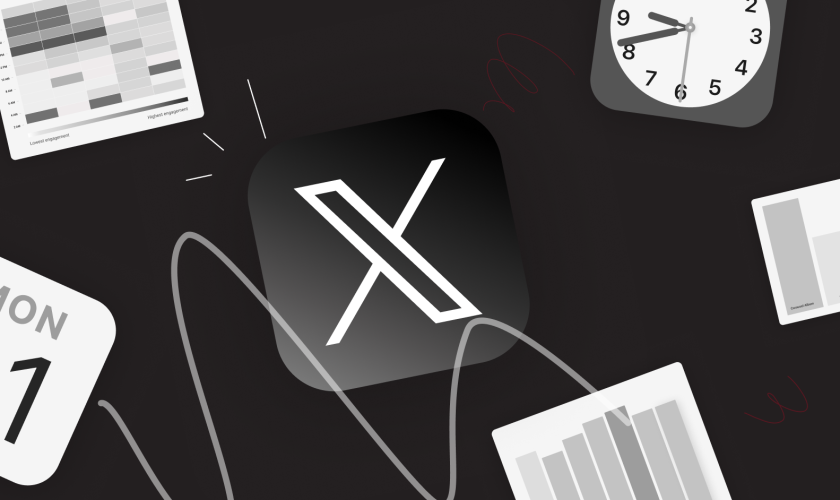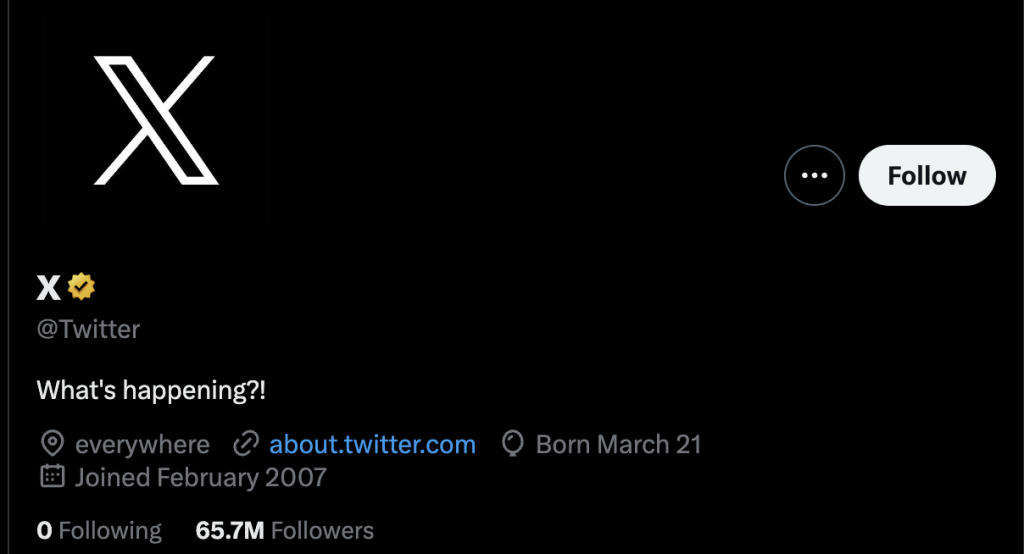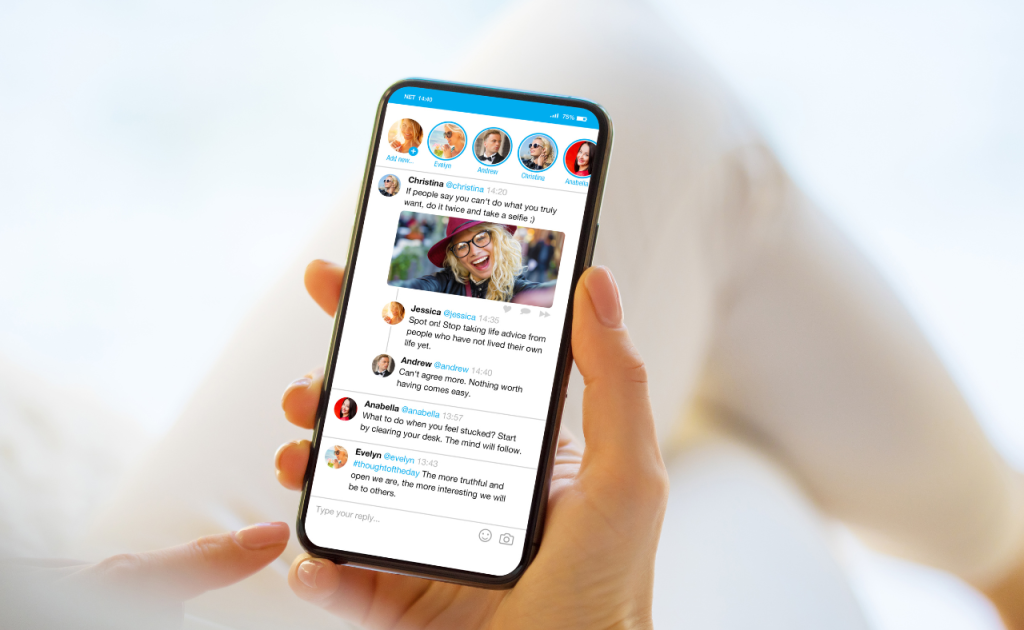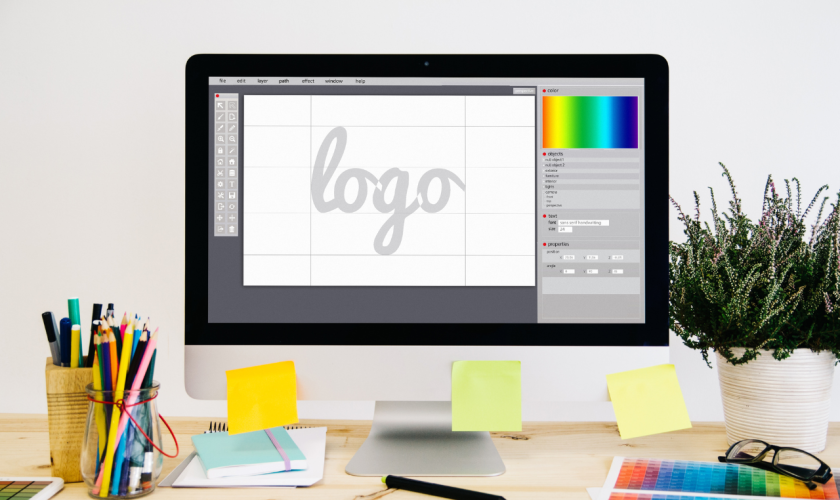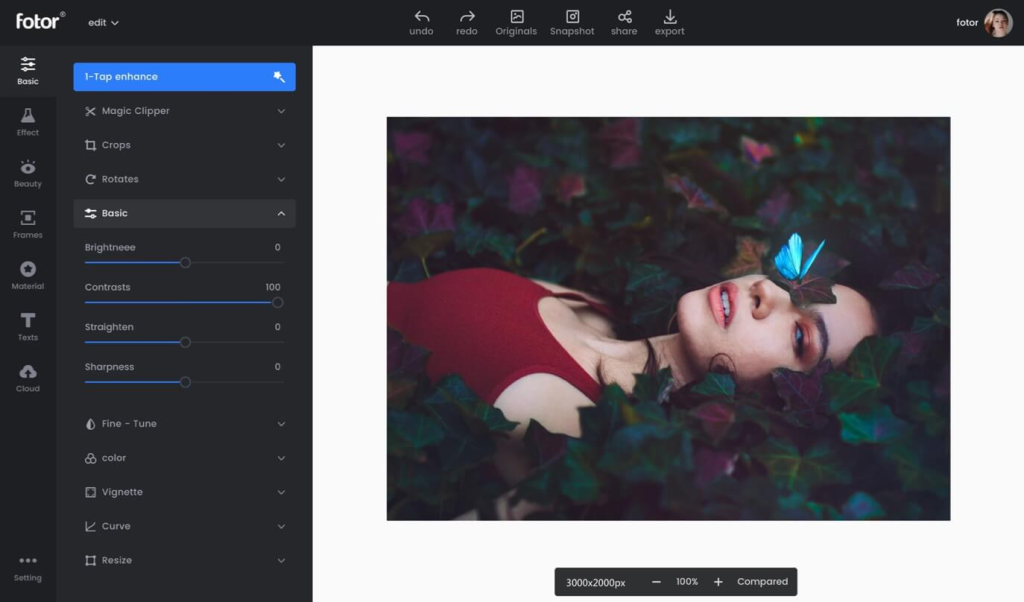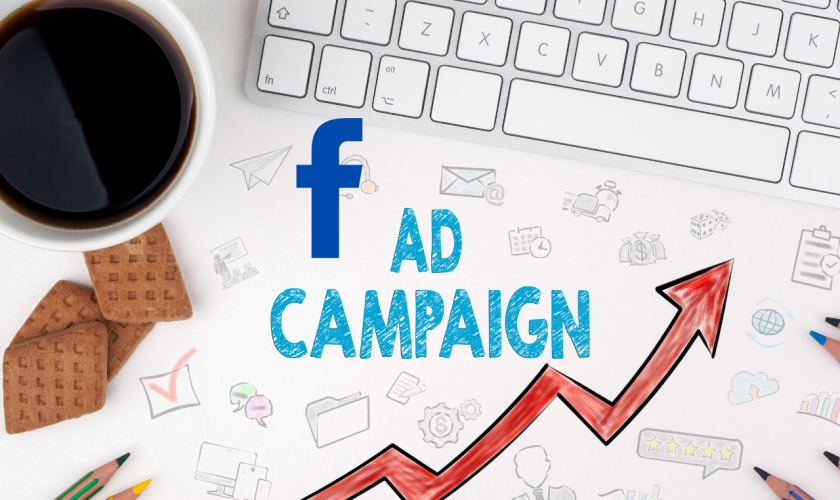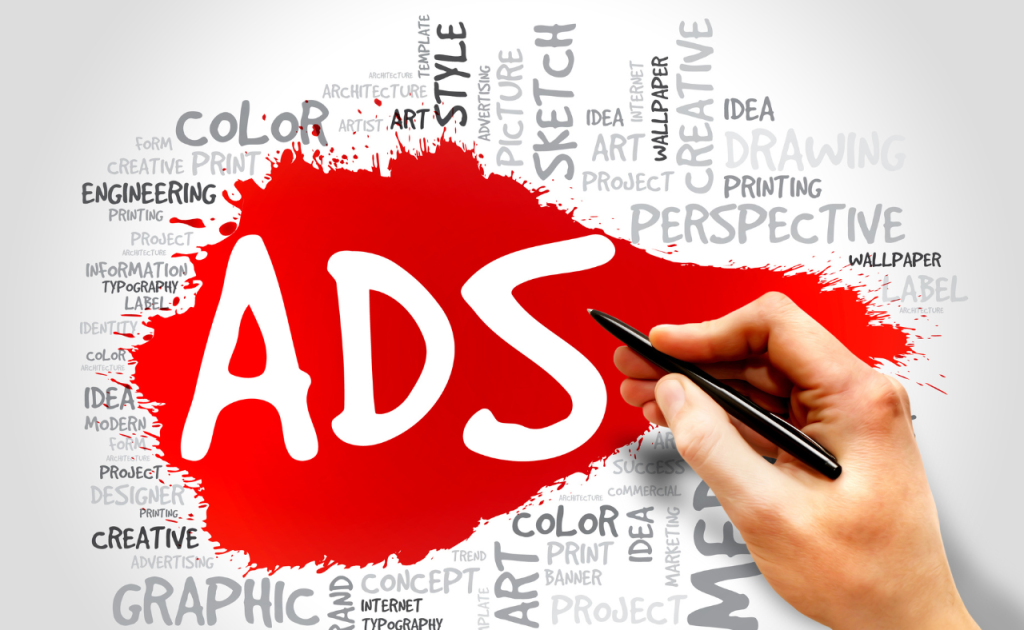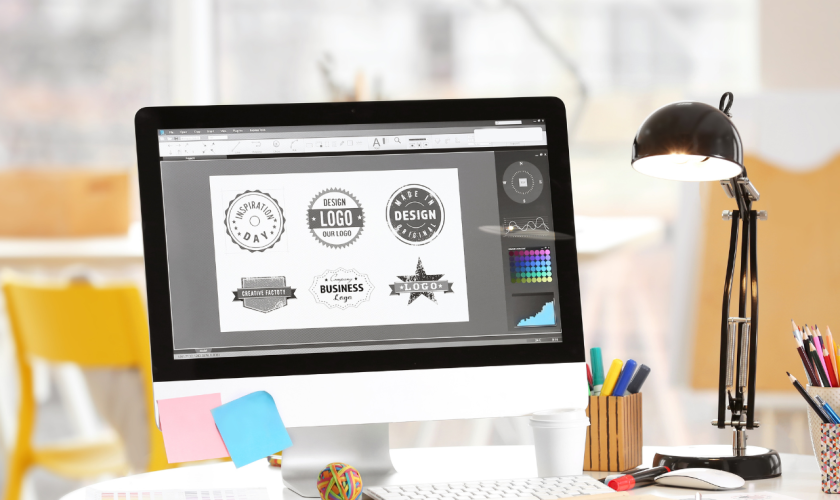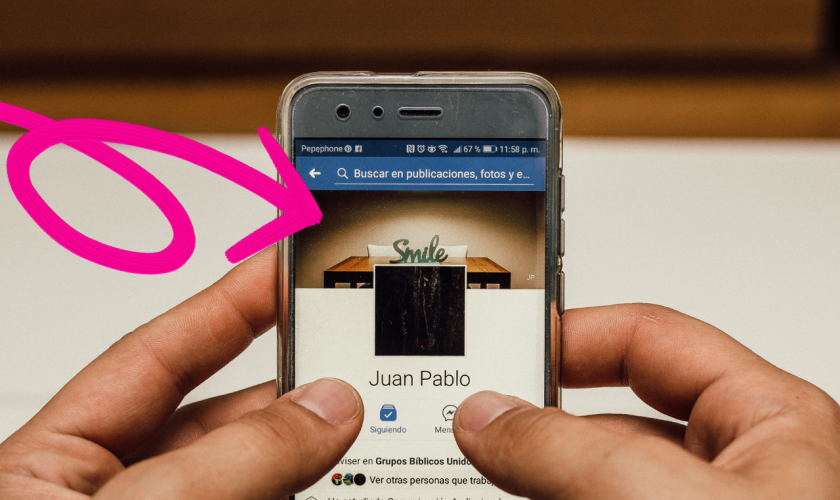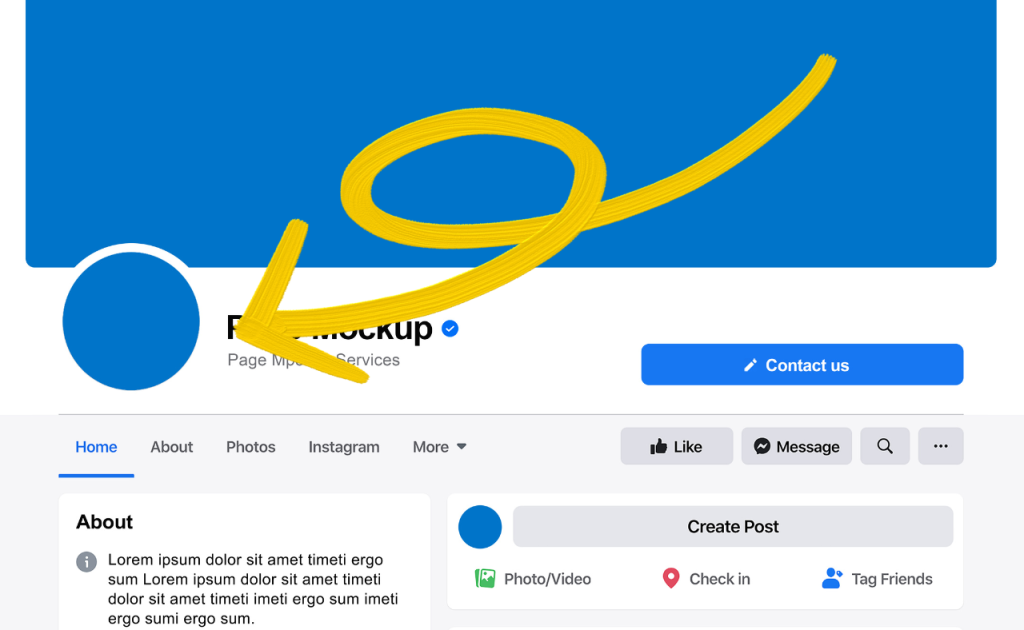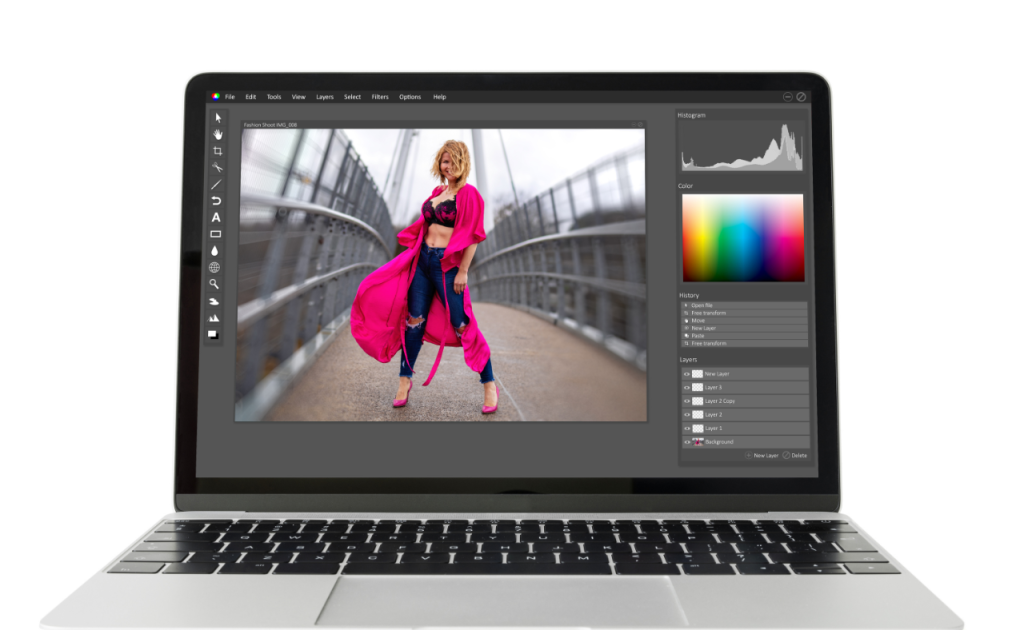The ketogenic diet, commonly known as the keto diet, has skyrocketed in popularity over the past few years. It’s a low-carb, high-fat eating plan that promises impressive benefits like weight loss, better blood sugar control, and overall improved health.
Whether you’re just starting out or looking to fine-tune your approach, knowing which foods to include and understanding their caloric content is crucial.
We’ll dive into a detailed food chart and calorie information to help you navigate the keto diet with ease, ensuring you can plan your meals effectively and stay on track with your health goals. Let’s get started and make keto simple and enjoyable!
What is the Keto Diet?
The keto diet focuses on reducing carbohydrate intake and increasing fat consumption to put your body into a metabolic state called ketosis. In ketosis, your body burns fat for fuel instead of carbohydrates. The typical macronutrient breakdown for a keto diet is:
- 70-75% of calories from fat
- 20-25% of calories from protein
- 5-10% of calories from carbohydrates
Benefits of the Keto Diet
The keto diet offers several potential benefits, including:
- Weight Loss: By reducing carb intake and relying on fats for energy, many people experience significant weight loss.
- Improved Blood Sugar Control: The diet can help manage and stabilize blood sugar levels, which is beneficial for individuals with type 2 diabetes.
- Enhanced Mental Clarity and Focus: Many people report improved cognitive function and mental clarity when in ketosis.
- Increased Energy Levels: Once your body adapts to burning fat for fuel, you may experience more consistent energy levels throughout the day.
Keto Diet Food Chart with Calories
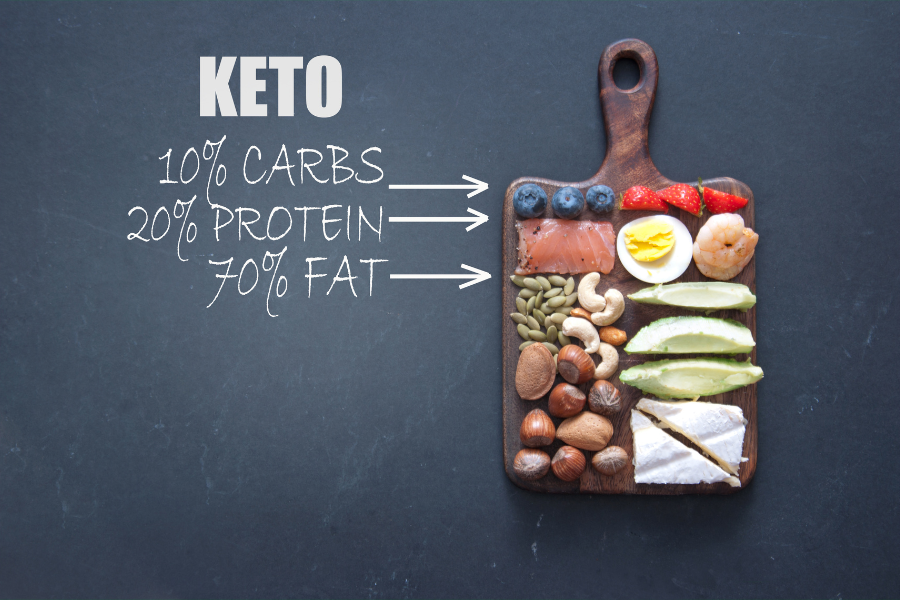
High-Fat Foods
Avocado
- Calories: 234 per medium avocado
- Benefits: Rich in healthy fats, fiber, and various vitamins and minerals, avocados are an excellent addition to a keto diet.
Olive Oil
- Calories: 119 per tablespoon
- Benefits: A staple in the Mediterranean diet, olive oil is packed with monounsaturated fats and antioxidants.
Cheese
- Calories: 113 per ounce (cheddar)
- Benefits: Cheese is high in fat and protein, making it a delicious and satisfying keto-friendly food.
Protein Sources
Eggs
- Calories: 72 per large egg
- Benefits: Eggs are a versatile and nutrient-dense protein source that is also rich in healthy fats.
Chicken Thighs
- Calories: 209 per 3.5 ounces (cooked, with skin)
- Benefits: Higher in fat than chicken breast, thighs are flavorful and fit well into a keto diet.
Salmon
- Calories: 206 per 3.5 ounces (cooked)
- Benefits: Salmon is rich in omega-3 fatty acids, which have numerous health benefits.
Low-Carb Vegetables
Spinach
- Calories: 7 per cup (raw)
- Benefits: Spinach is low in carbs and calories but high in vitamins and minerals.
Broccoli
- Calories: 55 per cup (cooked)
- Benefits: Broccoli is a nutrient powerhouse, offering fiber, vitamins, and minerals with very few carbs.
Cauliflower
- Calories: 25 per cup (raw)
- Benefits: Cauliflower is a versatile low-carb vegetable that can be used as a substitute for grains and legumes.
Nuts and Seeds
Almonds
- Calories: 164 per ounce
- Benefits: Almonds are high in healthy fats, protein, and fiber, making them an excellent keto snack.
Chia Seeds
- Calories: 58 per tablespoon
- Benefits: Chia seeds are packed with fiber, omega-3 fatty acids, and various nutrients.
Walnuts
- Calories: 185 per ounce
- Benefits: Walnuts are rich in healthy fats, including omega-3 fatty acids, and provide a good amount of protein.
Dairy Products
Greek Yogurt (Full Fat)
- Calories: 190 per cup
- Benefits: Full-fat Greek yogurt is higher in protein and fat, making it suitable for a keto diet.
Heavy Cream
- Calories: 51 per tablespoon
- Benefits: Heavy cream is rich in fat and can be used to add creaminess to various keto recipes.
Berries
Raspberries
- Calories: 64 per cup
- Benefits: Raspberries are low in carbs and high in fiber, making them one of the best fruits for a keto diet.
Blackberries
- Calories: 62 per cup
- Benefits: Like raspberries, blackberries are low in carbs and high in fiber.
Sample Keto Meal Plan

Breakfast
Scrambled Eggs with Avocado
- Calories: 300
- Ingredients: 2 eggs, 1/2 avocado, 1 tablespoon olive oil
- Benefits: High in healthy fats and protein, this breakfast keeps you full and energized.
Lunch
Grilled Chicken Salad
- Calories: 400
- Ingredients: 4 ounces chicken thigh, 2 cups spinach, 1/4 cup sliced almonds, 2 tablespoons olive oil
- Benefits: Packed with protein and healthy fats, this salad is both satisfying and nutritious.
Dinner
Salmon with Broccoli
- Calories: 500
- Ingredients: 6 ounces salmon, 1 cup broccoli, 1 tablespoon butter
- Benefits: A well-balanced meal rich in omega-3 fatty acids, protein, and fiber.
Snack
Greek Yogurt with Berries
- Calories: 150
- Ingredients: 1/2 cup Greek yogurt, 1/4 cup raspberries
- Benefits: This snack is low in carbs and high in protein and antioxidants.
Tips for Following a Keto Diet
- Plan Your Meals: Planning your meals ahead of time ensures you have keto-friendly options available and helps you avoid impulsive, non-keto choices.
- Stay Hydrated: Drinking plenty of water is essential on a keto diet, as it helps with digestion and can prevent the “keto flu.”
- Monitor Your Macros: Use a food tracking app to keep an eye on your macronutrient intake and ensure you stay within your desired range.
- Listen to Your Body: Pay attention to how your body responds to different foods and adjust your diet as needed to feel your best.
- Incorporate Variety: To prevent boredom and ensure you get a range of nutrients, include a variety of foods in your keto meal plan.
Common Mistakes to Avoid

- Not Eating Enough Fat: A keto diet requires a high intake of fats to keep you in ketosis. Skimping on fats can lead to hunger and reduced energy levels.
- Eating Too Many Carbs: Hidden carbs can sneak into your diet through processed foods and condiments. Always read labels carefully.
- Neglecting Vegetables: Some people avoid vegetables due to their carb content, but non-starchy vegetables are an important part of a balanced keto diet.
- Ignoring Electrolytes: The keto diet can lead to an initial loss of water and electrolytes. Make sure to consume enough sodium, potassium, and magnesium.
Who Should Follow the Keto Diet?
The keto diet can be beneficial for various individuals, but it’s not suitable for everyone. Here’s a look at who might benefit:
Beneficial For:
- Individuals Seeking Weight Loss: The keto diet can help reduce body fat and promote weight loss.
- People with Type 2 Diabetes: By stabilizing blood sugar levels, the keto diet can help manage type 2 diabetes.
- Those with Epilepsy: Originally developed to treat epilepsy, the keto diet can reduce the frequency of seizures in some individuals.
- Individuals with PCOS: The keto diet may help manage symptoms of polycystic ovary syndrome (PCOS).
Not Suitable For:
- People with Liver Disease: The high-fat content of the keto diet can put extra strain on the liver.
- Individuals with Pancreatic Disease: A high-fat diet may not be advisable for those with pancreatic issues.
- Pregnant or Breastfeeding Women: Nutritional needs are different during pregnancy and breastfeeding, and a restrictive diet like keto may not provide all necessary nutrients.
Final Thoughts
The keto diet can be a really effective tool for weight loss and overall health improvement when you stick to it properly. By understanding which foods to include and paying attention to their caloric content, you can make smart choices that help you stay on track with your keto journey.
Don’t forget to plan your meals, keep yourself hydrated, and keep an eye on your macronutrient intake to make sure you’re getting the right balance. While the keto diet has a lot of potential benefits, it’s crucial to figure out if it’s the right fit for your specific needs and health goals.
Always check in with a healthcare professional before making any major changes to your diet. With the right approach and a bit of planning, the keto diet can be a game-changer for your health and wellness journey.






